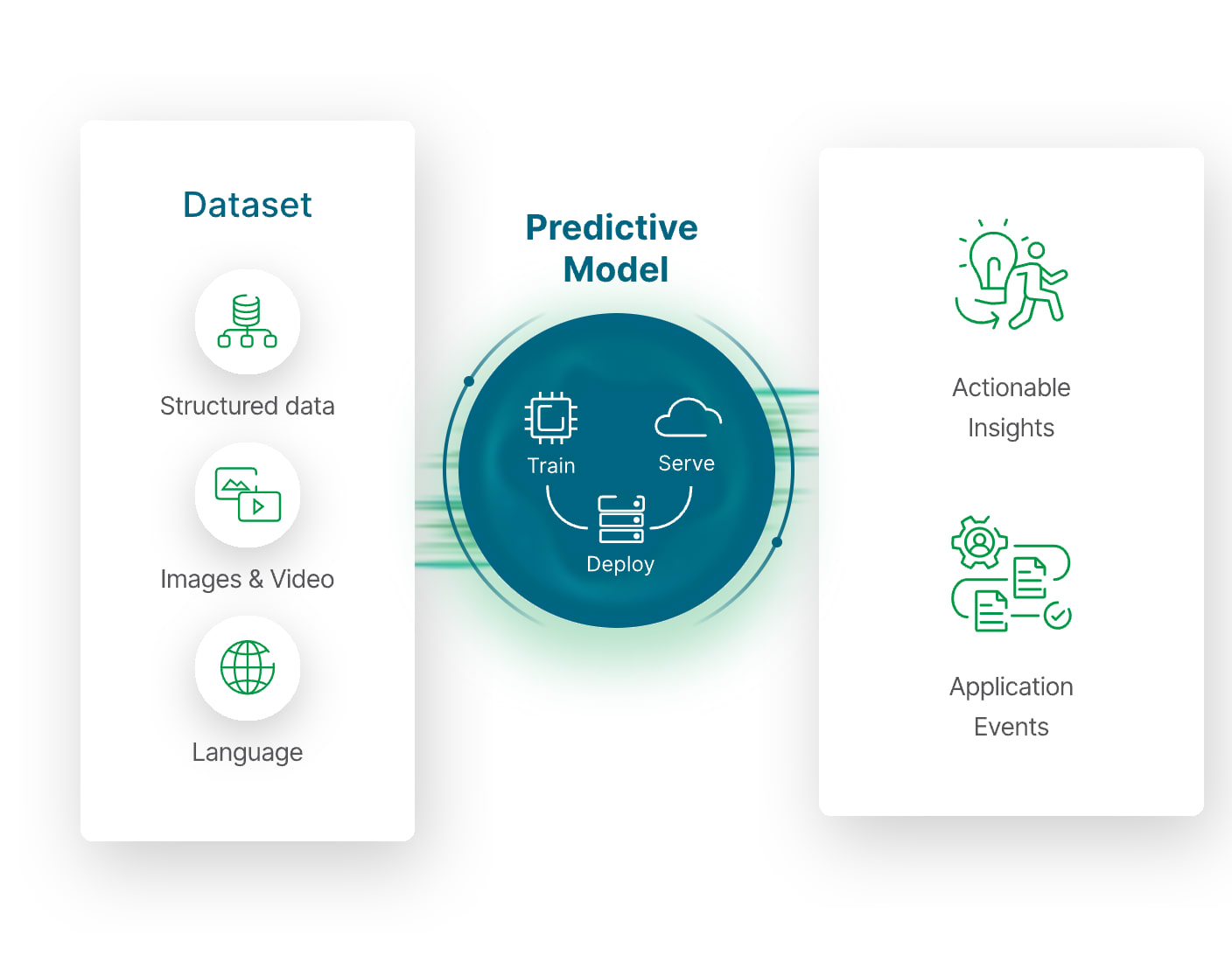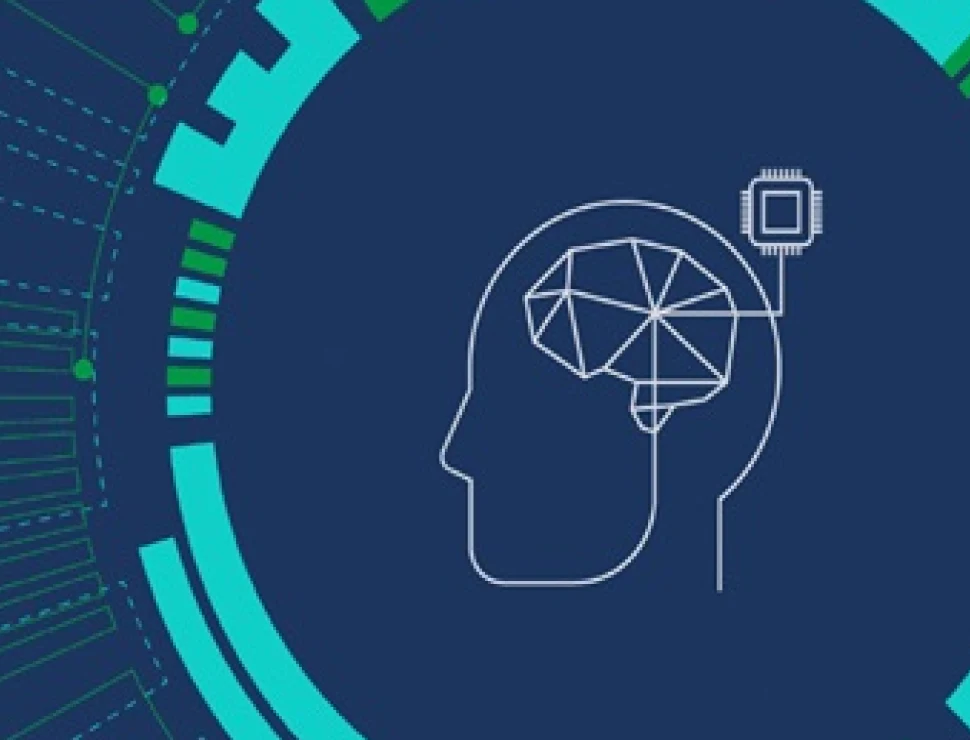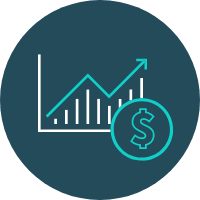Predictive Analytics Examples
Predictive analysis techniques find application across a diverse spectrum of industries and job roles. Below are eight real world examples of predictive analytics in various sectors.
Insurance

Financial Services
Predictive analytics is integral in shaping strategic choices, bolstering trust, and enhancing the stability and profitability of financial institutions. It anticipates loan default probabilities, ensuring a balanced lending portfolio by considering factors like credit history and market conditions. Additionally, it plays a crucial role in fraud detection, swiftly identifying and mitigating suspicious activities. In securities trading, it forecasts price movements by analyzing historical data and market trends. This empowers investors to make informed decisions, optimizing returns.

Retailers and CPG Companies
Retailers and consumer packaged goods (CPG) companies leverage predictive analytics to enhance their marketing ROI, strengthen customer relationships, and maintain a competitive edge in this dynamic landscape. Retailers and CPG companies delve into the data of past promotional campaigns, using data visualization to examine their effectiveness. By scrutinizing factors like customer behavior, purchasing patterns, and response rates, they gain invaluable insights. These insights are then employed to forecast the success of future offers and promotions. This data-driven approach allows businesses to allocate resources efficiently, focusing on strategies that are statistically more likely to yield positive results.

Healthcare
Healthcare companies harness the power of data analytics to delve into historical patient records and patterns. Predictive analytics enhances patient outcomes, reduces healthcare costs, and fosters a more efficient and responsive healthcare system. By analyzing factors like medical history, demographic information, and previous admission data, they develop sophisticated models to forecast patient admissions and readmissions. This proactive approach empowers healthcare providers to allocate resources efficiently, ensuring that the right level of care is available when needed. It also enables the implementation of targeted interventions and personalized care plans to mitigate factors that may lead to readmissions.

Energy and utilities
Predictive analytics empowers energy and utilities companies to make informed, risk-reducing decisions, ultimately enhancing the reliability and safety of their operations. By analyzing historical equipment failures, companies preempt potential risks, enabling timely maintenance and replacement. This proactive approach minimizes accidents and creates a secure work environment. Additionally, predictive analytics forecasts future energy demands through an examination of past consumption patterns and consideration of various influencing factors. This allows for efficient resource allocation, guaranteeing a consistent energy supply.

Life Sciences
Life sciences organizations provide some of the best predictive analytics examples, enhancing patient-centric care and optimizing treatment strategies. Organizations delve into patient data to create comprehensive personas, allowing for a deeper understanding of patient behaviors, preferences, and needs. By analyzing factors like demographics, medical history, and lifestyle, life sciences companies can tailor treatment plans to individual patient profiles, ultimately improving adherence rates. Moreover, predictive analytics enables the prediction of nonadherence to treatment plans. By considering various influencing factors such as patient history, socio-economic conditions, and treatment complexity, organizations can identify individuals who may be at higher risk of noncompliance. This proactive approach allows for targeted interventions, personalized support, and ultimately, improved patient outcomes.

Manufacturing and Supply Chain

The Public Sector
Predictive analytics empowers the public sector to plan and implement infrastructure projects that align with the evolving needs and dynamics of the community, fostering sustainable growth and improving quality of life. By scrutinizing extensive datasets on population demographics, growth patterns, and urban migration, government entities gain crucial insights. These insights are then leveraged to make informed decisions regarding infrastructure investments and various public works projects. For instance, predicting population shifts allows for strategic allocation of resources towards the construction of housing, transportation networks, and essential amenities. Moreover, anticipating future demands for services like healthcare, education, and utilities ensures that public resources are utilized efficiently and effectively.






























































